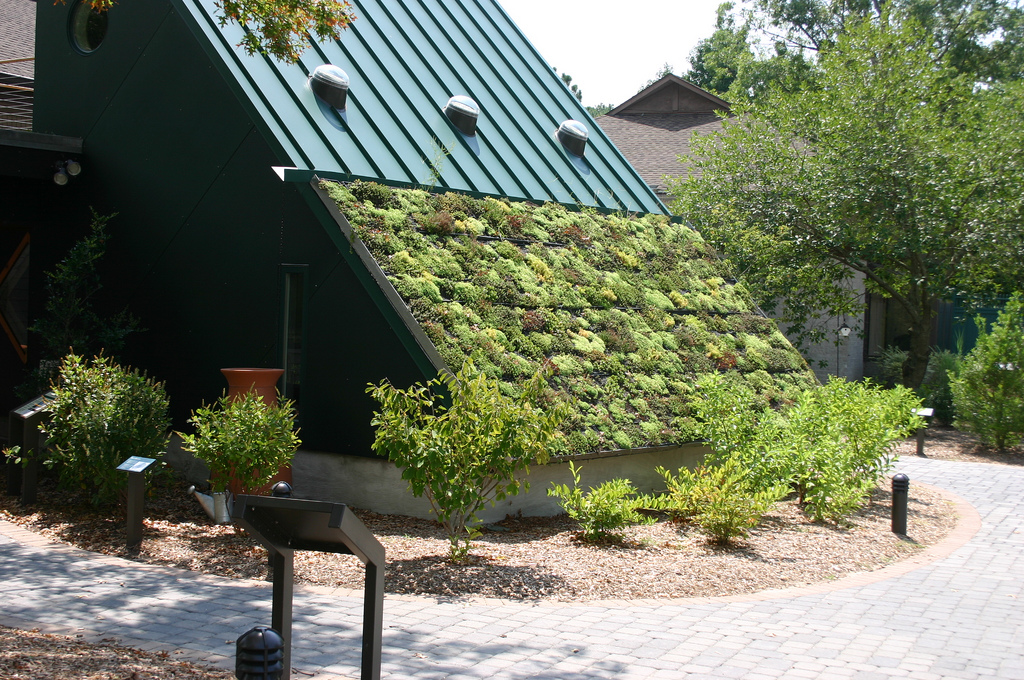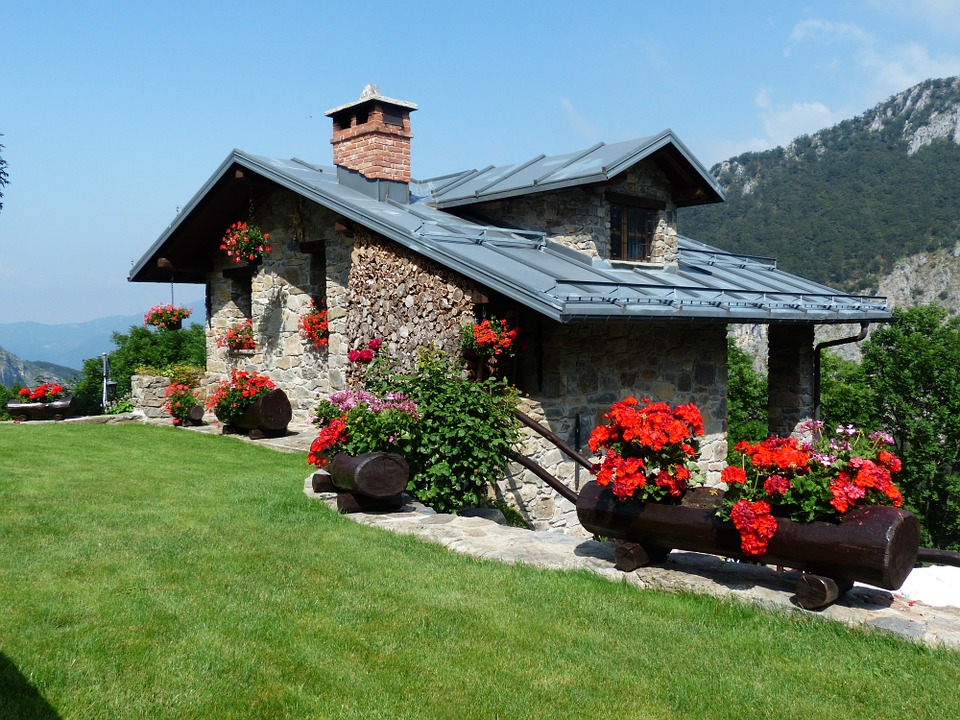
Have you been wanting to save up for that special event or special gadget you’ve had your eye on? Wanting to go off on an extra holiday this year but it’s not in the usual budget? Wanting to just be able to splash out a bit at the weekend on some new shoes but can’t justify the cost? Why not put your spare time to work and start making money by doing not much at all! Check out some of the great tips below to start making some extra money on the side!
Recycling Stuff
Think about that stuff around your house that is just collecting dust or is getting in the way. Is there anything there that could be a potential moneymaker? Things like old DVD’s and CD’s, books, games, even clothes and other bits and bobs that no longer have a use. Go through your old film collections and see if there is a potential goldmine in there. In particular old era Disney VHS go for a fair amount of money online these days – with some of them going for potentially hundreds if they’re unwrapped and still in mint condition. Mobile phones are another great option for recycling, with the higher prices going for more recent makes and models – but if you’re that person who has kept every phone since 1990 when you’ve upgraded, you could be sitting on a fair bit of money.
Rent out Parking
Are you living in an area where people would give their eye teeth for a parking spot they didn’t have to battle for or get up at the crack of dawn for? Are you frequently away or perhaps you work during the day and don’t need your spot between business hours when someone else could utilise it. This is a potential high earner depending where you live. Some places in extremely desirable places go for thousands a month. There’s even been reports of a parking spot in central St Ives, Cornwall going for £50,000 a year!
Tutoring
This is a great one for anyone who has any kind of specialist knowledge in a subject or for people who even just speak English as a first language. Many people don’t mind if their English teacher doesn’t possess a degree as long as they’re a native speaker. This can work for anyone that doesn’t mind conversational teaching – as in, just chatting with people by Skype who are happy to pick up the odd conversational lesson. You could even start your own group chat and get a couple of students to do group calls with people from around the world to practice together, all for a bit of side money!
Playing Casino Games Online
With so many different online casinos out there these days, it can be a bit daunting to find the perfect one for you. Choosing the casino with the best bonus program can be tricky, but it doesn’t have to be. Of course you want the best casino with the highest payouts and the best potential of winning, and no deposit casinos offer some great welcome bonuses allowing you to play right now without having to sacrifice or bet any of your own money at all!
So there you have a couple of great ways to make some quick side money without having to spend tons of time picking up a second job. Get started today and get those savings plump up so you can start enjoying your cash now!



